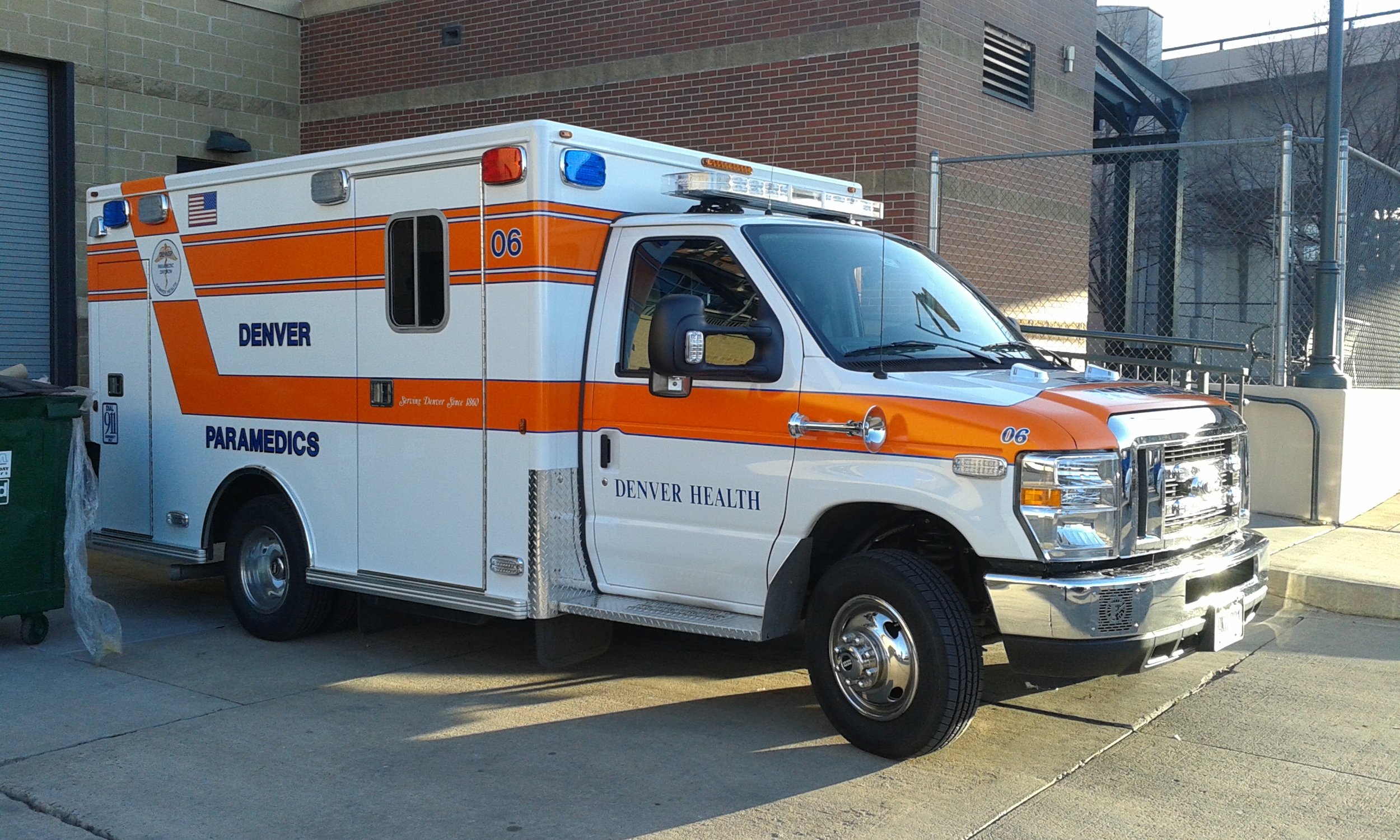Approximately 9,000 snakebite envenomations occur yearly in the United States. Most of these envenomations are due to pit vipers, including rattlesnakes, cottonmouths, and copperheads. Fortunately, due to rapid access to medical care, deaths are rare, with only 3 to 5 occurring nationwide each year. Our emergency medical system is the first link in the chain of treating patients. In comparison to many areas of the world, the U.S. has an advanced system of highly-trained EMTs and paramedics skilled in the prompt assessment, stabilization, and transport of critically ill patients.
We are often contacted to discuss the best way to treat patients in the prehospital setting. The short of it is to consider a snakebite envenomation a medical emergency. The mantra “time is tissue” applies to snakebites just the same as it does to STEMIs or strokes. Getting to the hospital quickly (and safely) is a key part of EMS treatment for snakebites. Antivenom is the only medication we have that will stop the progression of an envenomation.
Unfortunately, many outdated or even dangerous protocols persist. So for those looking for more guidance, here is a quick, evidenced-based guide for prehospital management of pit viper envenomations in the United States.
1. As always, initially assess Airway, Breathing, and Circulation and treat any immediate life threats.
2. If there are signs of an allergic reaction, treat them according to your local protocols. Keep in mind that systemic toxicity from venom can look very similar to anaphylaxis. Don’t worry about which is which in this scenario. Treat both at the same time and figure out which one was the culprit later.
3. Assess the affected limb. Remove any jewelry, watches, rings, or other items that may cause constriction if swelling occurs or worsens.
4. Establish IV access in an unaffected limb.
5. Elevation of the extremity prehospital is controversial. Some experts believe it increases systemic absorption, while others disagree. Nonetheless, the general consensus is to keep it at least at the level of the heart or above. Discussing which is better with a local snakebite expert may provide more clarity, as opinions typically vary by region.
6. Provide pain control per your protocols. IV opioids are usually the first line, but other medications, including IV Tylenol or pain dose ketamine, may be viable options. Some experts use ketorolac or other NSAIDs in copperhead envenomations without adverse events occurring due to their very low rate of hematologic toxicity.
7. Be judicious with IV fluids. If the patient is hypotensive, obviously treat with volume resuscitation. But if they are comfortable and have normal or even high blood pressure, IV fluids may potentially worsen local edema and swelling. This is theoretical but something to consider. I would not flood them with a bunch of fluids if they look well.
8. Transport the patient to the appropriate hospital per your local protocol. Typically this would be your local hospital that stocks antivenom. However, some protocols may direct you to larger tertiary hospitals where a snakebite expert can see the patient at the bedside.
9. When in doubt about a snakebite, contacting your base hospital or the poison center (1-800-222-1222) for further guidance is always a good option.
There are many misconceptions about snakebite first aid. You may encounter patients that have already done things that are not recommended, or you may have been taught some of these unsupported or potentially harmful practices. We DO NOT recommend the following.
1. DO NOT apply a tourniquet or compression bandage.
2. DO NOT use a suction device.
3. DO NOT cut near the wound or try to suck the venom out with your mouth.
4. DO NOT use a taser or other electrical shock devices.
5. DO NOT bring the snake to the hospital. Taking a picture of the snake from a safe distance is ok, but identification isn’t necessary for proper treatment.
6. DO NOT apply ice or heat to the envenomation site.
If your protocols differ from the above recommendations, consider having your medical director contact a regional snakebite expert or our staff so your service can offer the best evidence-based care to patients. We are always willing to help improve patient care locally and globally.
In summary, the best possible treatment is to manage the ABCs, provide good pain control, and get the patient to a hospital quickly so they can receive antivenom if necessary.
Nicklaus Brandehoff, MD
Asclepius Snakebite Foundation
If you found this article helpful, please consider donating to ASF today. Every donation is 100% tax deductible and goes directly to patient care in Africa.


